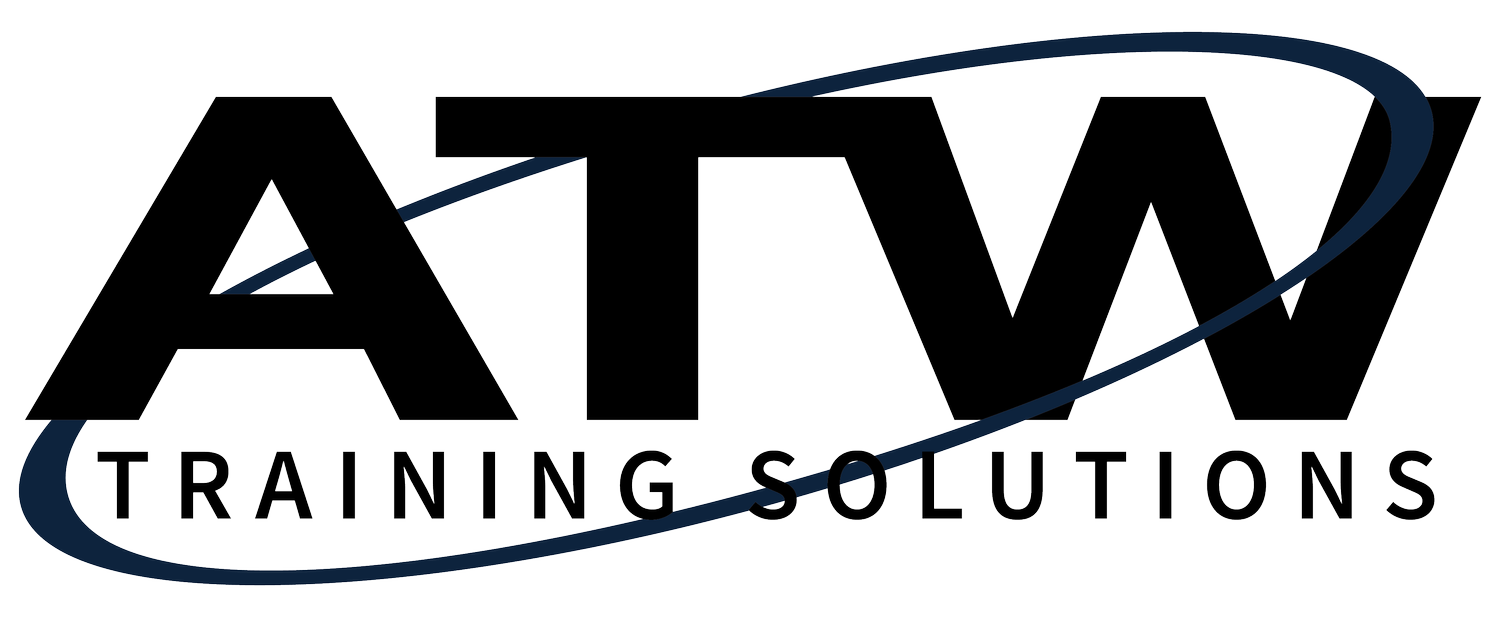On-the-job Training: During Training
Let's continue with our model for successful on-the-job training. We have responsibilities before, during, and after training. Let's explore one strategy to deliver effectively during training. To train both efficiently and effectively, follow a sequence of tell, show, do, review.
Tell. Start by explaining the big picture. For example, how does this training fit into the bigger process? Or how does it align with organizational goals? Then, explain the purpose or why of the training. Consider beginning with a start to finish overview of what they're expected to learn. Explain that you will break the training into manageable chunks. They can learn a piece at a time.
Show. Demonstrate slowly how to perform the tasks and explain as you go. Most people learn by observing, and you may have to demonstrate multiple times until people understand what you were showing them.
Do. Next, have them practice performing the tasks while you coach them. Have them practice slowly at first, gradually increasing the pace as they get better with practice. Plan on having them practice multiple times to increase their confidence.Review. Finally, have them perform the task and explain it without your help. This allows them to demonstrate that they can perform the work independently. As they explain how to do the work, you can verify their understanding. New hires are good candidates for this tell, show, do, review approach of course, as they learn their job, but we can't forget the approach also works as we grow the skills and abilities of our existing team members.
Let me give you an example. "Sarah, as we've talked, I'm interested in continuing to provide you opportunity to grow in our organization. Given your expertise on the production line, a logicalnext step is for you to review and update our department's most critical standard operating procedures. Together, we've already identified 25 to get done this quarter. I'm looking for accuracy of the SOP, no missing steps, for example, but I'm also looking for any clarification needed in the language to help them be most useful for new hire training. I'd expect you to read through the SOP, observe the production line with the SOP in hand, noting discrepancies or gaps. Then update the SOP and submit to me for approval and filing." That's the tell. We've set the stage with a big picture, purpose and an overview.
Then I might say, "Let's start with the stage one SOP, and I'll show you what I'm after". I demonstrate reviewing the SOP, we'd walk over to the production line with the SOP in hand. Maybe I have it on an iPad, and I'd make a few notes calling out anything I noted as gaps.
Then we'd go back to a quieter location where I could demonstrate accessing the SOP and making edits and submitting to me for approval. We'd talk about any questions Sarah has. Then, depending on how complicated that SOP was, I'd help Sarah through another SOP or we'd revisit the same SOP. We'd walk through our observation and SOP update process together. This is the do step of our training model. Sarah is getting a chance to practice with me coaching.
Finally, the review step of the training model. Sarah would choose an SOP and perform the review and update steps explaining to me what she was doing and why. Following this sequence helps adults learn in the most effective way and increases the likelihood of your training success.
